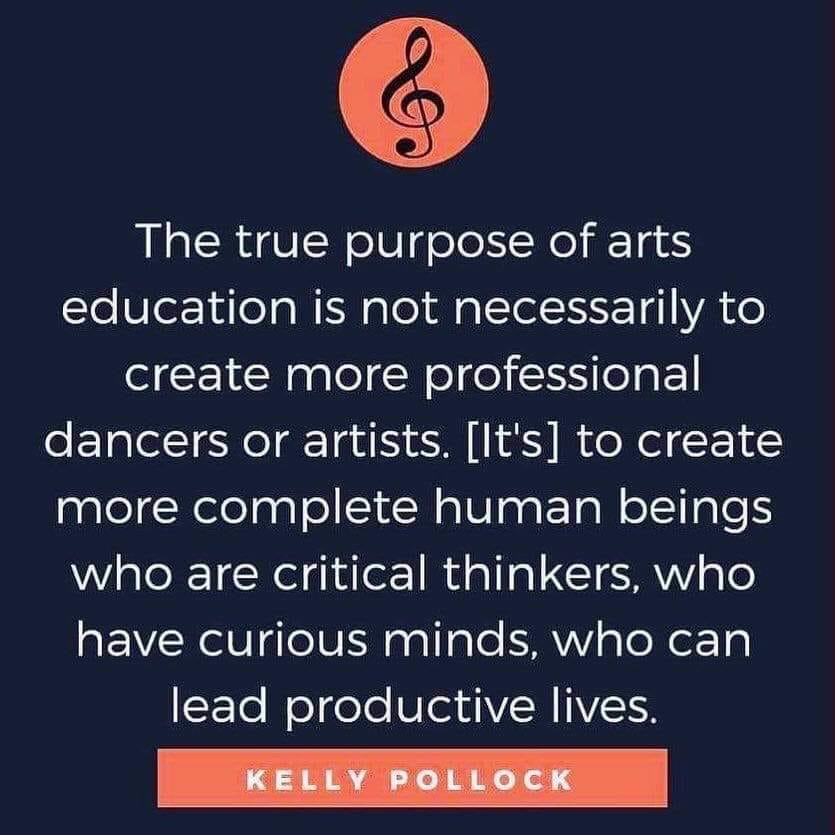About Us
Foluké Cultural Arts Center was Organized as a faith-based initiative in 2002 at Lane Metropolitan CME Church in Cleveland, Ohio. Which later became a community based non-profit organization in Feb 2003.
Our History
In 1996 a dance ministry at Lane Metropolitan CME Church, in Cleveland Ohio’s Cedar/Central Area was created, which evolved into the community-based Foluké Cultural Arts Center, a haven for at-risk youth and their families. Youth who have never participated in the performing arts have suddenly experienced the thrill, excitement, and sense of accomplishment. For many, it has become a turning point in their lives. Foluké Cultural Arts Center, founded in 2002, is an inner-city community based cultural arts center located in the Central neighborhood. The mission is to provide arts and culture programming that is family-oriented and community responsive, with focus placed on at-risk youth. Foluké achieves their mission by offering high-quality, educational arts activities that instill self-pride and boost self- confidence through self-expression, self-discovery, and commitment to the craft.
For over 20 years, Foluké has provided arts education and programming at multiple sites throughout the Central neighborhood, in collaboration with multiple community partners. Founder and Executive Director Dava Cansler continues to lead this growing and developing organization. Through the years, she has remained committed to her vision of supporting this divided community by forging deep and authentic relationships with students and families, while simultaneously remaining adaptable and open to responding to the community’s needs. Since inception, a long partnership with Lane Metropolitan Church has been a cornerstone of volunteers and resources.
Other collaborations have included CMHA housing facilities (Arbor Park, Outhwaite, Carver Park), the Sisters of Charity Building Healthy Communities initiative, Cleveland Metropolitan School District, Starting Point, UH’s Rainbow Babies And Children’s Hospital Anti-Fragility, and the Governor’s Office of Faith-Based And Community Initiatives, just to name a few. The organization remains committed to working in partnership as it develops new models for service in response to the COVID pandemic and beyond.
The Impact of ARTS Education
— ARTS Programming Helps Children Develop
- Creativity
- Confidence
- Problem Solving
- Perseverance
- Focus
- Non-Verbal Communication
- Receiving Constructive Feedback
- Collaboration
- Dedication
- Accountability

Our Impact
ARTS impact on communities has a tri-fold effect: Economic, Social and Cultural. Creative tools for community engagement include innovative visual arts techniques, story-telling, social networking technology, exhibits, music, performances, festivals, and community gatherings.
Economic
Economic input means wages to employees from the community, and general public spending money to attend events.
Cultural
Builds community identity and pride that leads to positive community norms.
Social
People come together who might not otherwise come in contact with each other, and reduced neighborhood crime and delinquency.
These Programs and Studies demonstrate that:
- Not only are the arts fun for children, they help keep children in school and working to learn.
- Not only do the arts require self-discipline, creativity, and confidence to succeed, but these and other important habits stay with students and help them succeed, in other areas of school, life, and work.
- Not only do the arts represent many ways of experiencing and understanding the world, but they actually help develop the many types of intelligences that all people possess and use all the time.
- Not only do the arts remove boundaries and allow students to explore aspects of life around them in new ways, but connecting the arts with other disciplines like math, reading and writing, or science often helps students learn about, comprehend, and value those disciplines as well.